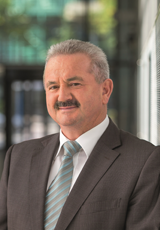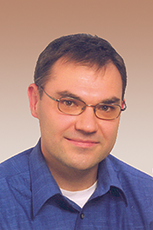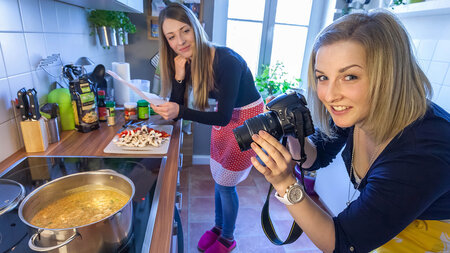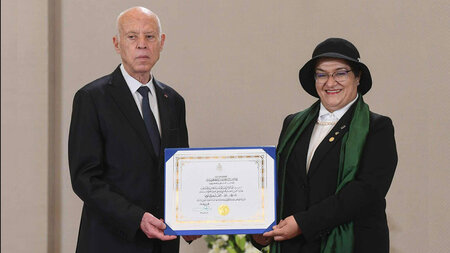Implementation of Highly Integrative, Low-Energy Press Hardening Process Chains
Within the field of action, methodological and technological approaches for the significant conservation of energy are being investigated.
The core of the research is the analysis of parts production, which is divided into the stages of heating, temperature controlled forming and controlled cooling. For example, process management, material indicators and tool design are considered. Parallel to the experiments, thermomechanical process simulation and microstructural joint simulation are carried out. On this basis, the demonstrator component and tool are developed.
The primary goal of the field of action is to link and evaluate the concepts and solutions developed under the overall objective of the research project, namely to achieve high energy and resource efficiency across the entire press hardening process chain.
Sub-Projects



Heads of Field of Action

Prof. Reimund Neugebauer
President of Fraunhofer-Gesellschaftphone: +49 (0)89 1205-1000
fax: +49 (0)89 1205-771000
President of Fraunhofer-Gesellschaft

Frank Schieck
Fraunhofer Institute for Machine Tools and Forming Technology IWUphone: +49 (0)371 5397-0
fax: +49 (0)371 5397-1404
e-mail: info@iwu.fraunhofer.de
Fraunhofer Institute for Machine Tools and Forming Technology IWU
Participants
| Prof. Reimund Neugebauer | President of the Fraunhofer-Gesellschaft |
| Prof. Lutz Lachmann | Professorship for Machine Tools and Forming Technology |
| Frank Schieck | Fraunhofer Institute for Machine Tools and Forming Technology IWU |






